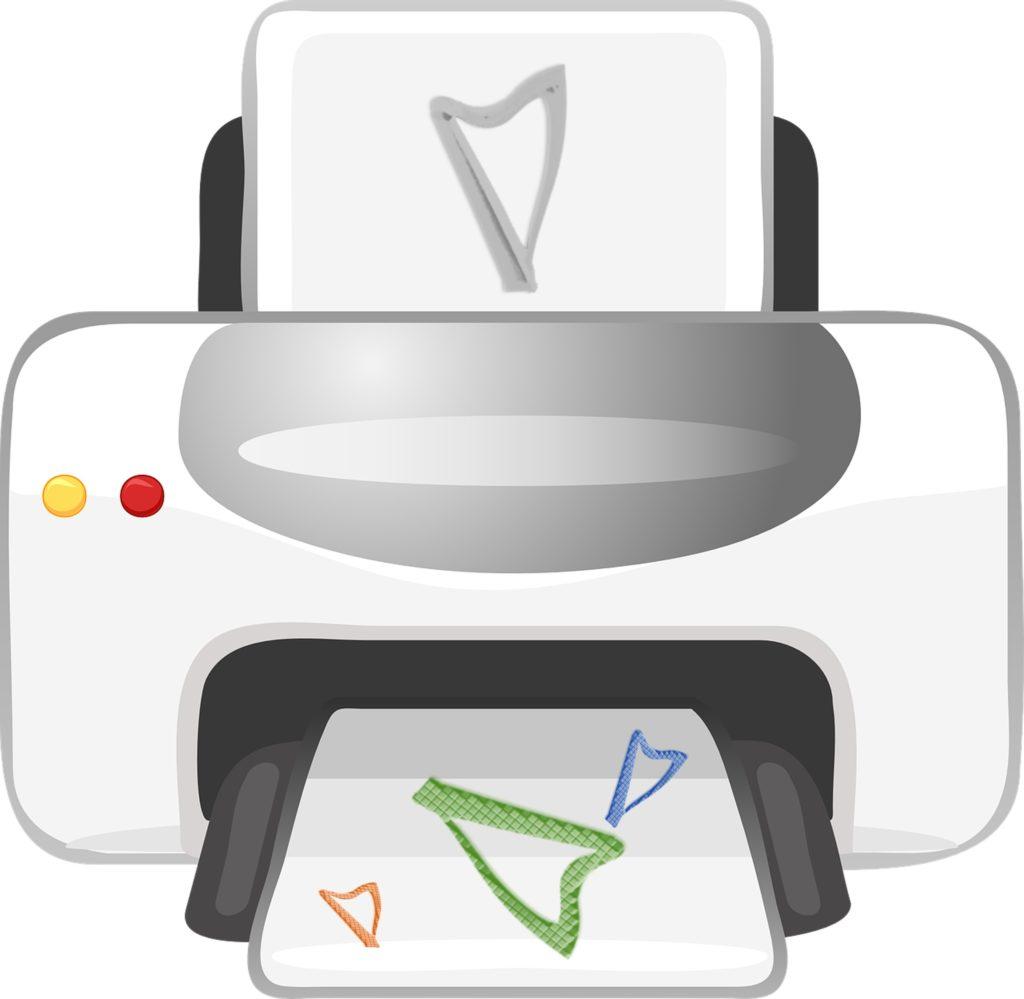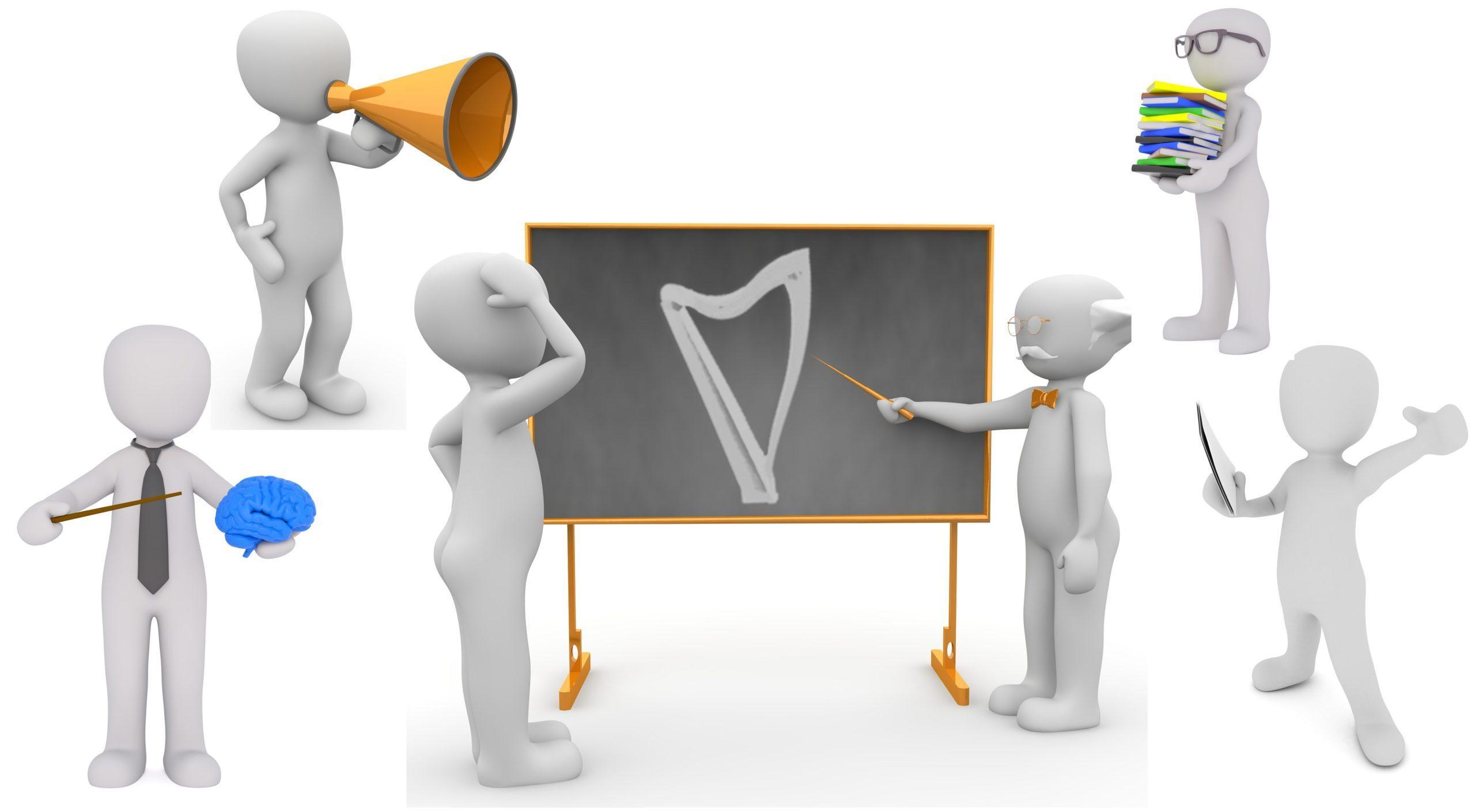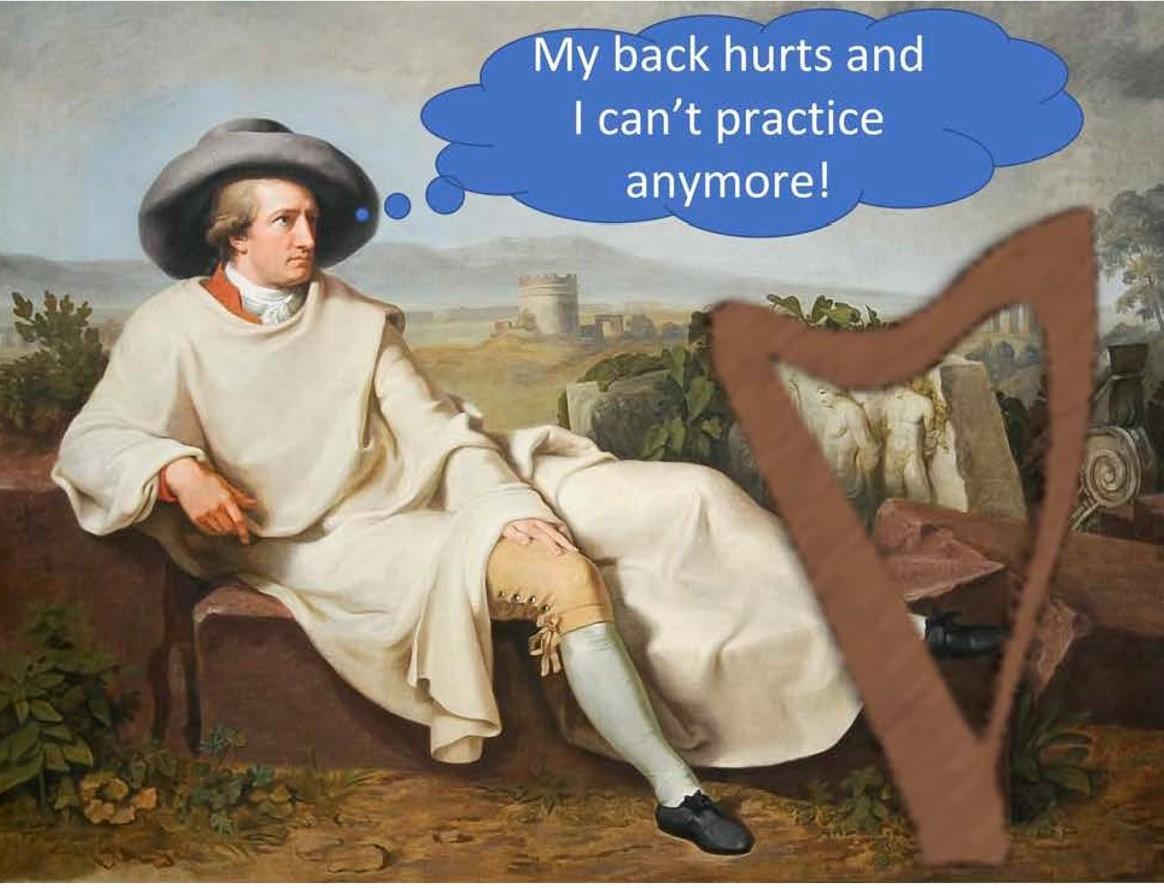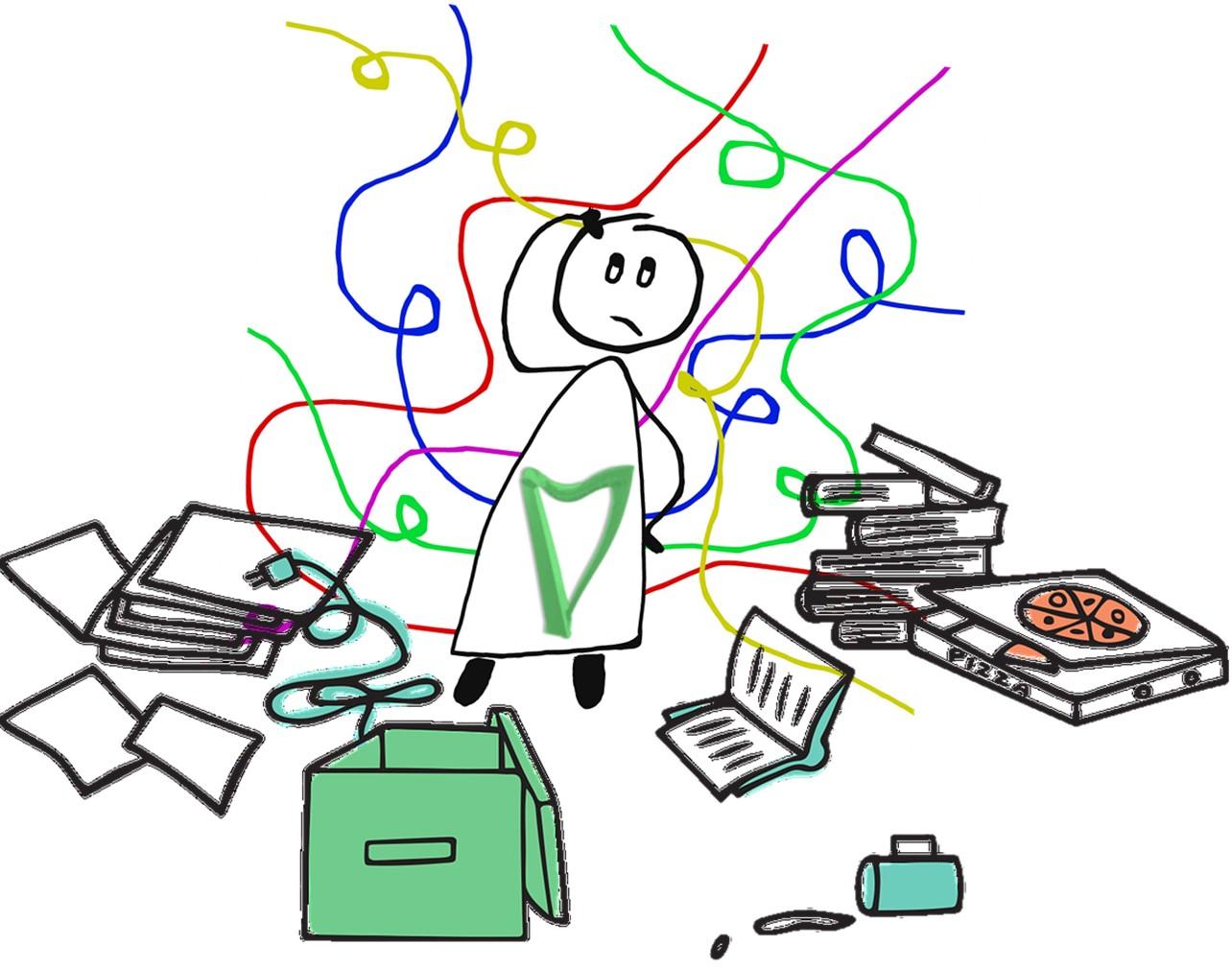Are you a perfectionist? When practicing, is your sole intention to “get it right”? To make no errors? Is your focus on defeating the old saying, “to err is human”?
Are you making yourself miserable chasing perfection in your playing?
Now, don’t get me wrong, it is important to “get it right” – but let’s think about how we’ve defined “right”. And no, it’s not a simple or easy question. There can be multiple, varied definitions. Here are some:
- The Copier Definition – the tune is right when it is played exactly, invariantly, as written, with no errors (sometimes known as the “if I don’t execute every element perfectly*, my teacher is going to think I didn’t practice” definition).
- The Plan Definition – the tune is right when absolutely nothing is missed, there is no deviation from the plan. There are no errors. Ever.
- The Communication Definition – the tune is right when your audience heard the story you were telling and felt the emotions you were trying to convey. There might have been some deviations in some notes, but they got the point.
You can probably guess which definition I prefer. Is one of these definitions the “right” one (see what I did there?)?
No.
But some are more useful at times than others are. When do you want to use which one?
The Copier definition is especially useful when you are learning a tune. After all, if you don’t know the basic elements of the tune, do you know it and will you be able play it? Pr’oly not. This definition certainly gives you a solid foundation from which to play. The focus on securing the notes, the rhythm, and phrasing will help cement the tune in your head. But if you stop there, you have stunted your musical growth. And then you will probably get stuck in the Plan.
The Plan definition is to just stick to the plan. Play what you practiced but do not make any changes. This is a cold and unfeeling place from which to make sounds, but not really music.
One thing the Copier or the Plan don’t include is sharing a message with someone else. They can both result in emotionless, mechanical playing that leaves the listener feeling like they have heard a robot playing. Technically correct yet not quite satisfying.
Because music is a form of communication. And the purpose of communication is, well, to communicate! To share an idea, to build a relationship (no matter how brief), to interact with other humans.
The Copier and the Plan are all about you, not your audience (and remember, even the cat and the curtains enjoy your musical conversations – they want to hear from you). This is about holding dominion over – and defeating – the music.
So, the Communication Definition. This is the only of these definitions that is outside you, that includes an audience. The focus is on sharing. Note production is important – but only in service to the message. The tune is “right” when the recipient understands what you meant to convey. The Communication definition is appropriate when you have learned the tune and are ready to actually play it (rather than beating it to death in practice).
So, what is your definition of “right”? And how do you move between them as you develop and practice your repertoire? And what do you do with your mistakes? Let’s get back to Alexander Pope and his thought, because we often forget the rest of it. He wrote,
“To err is human, to forgive, divine.”
Now, do not take this as carte blanche to be sloppy. You still need to have the tune so you can play it. But you can be forgiving of your work, your attempts to learn, your progress as you move toward gaining the tune for your repertoire. Being forgiving is not equivalent to being slack.
As you are practicing, as you move between the definitions during your tune development, remember that you will make errors and that they are not the end of the world. Next week, we’ll talk about how they can be just the beginning!
What is your definition of “right”? Has any of this changed your mind? What kind of errors do you find the most unforgivable? Let me know in the comments.
*perfectly – whatever that means




